
BelAir20E User Guide
Mobile Backhaul Mesh
April 2, 2012
Confidential
Document Number BDTM02201-A01 Standard
Mobile Backhaul Mesh
This feature extends the BelAir Networks fixed wireless infrastructure onto
high-speed vehicles such as trains, buses, police and fire vehicles, and
ambulances. Refer to
.
Figure 6: Mobile Backhaul Links Connecting Vehicle Cameras to Roadside Network
A BelAir20E with mobile backhaul mesh links can support uninterrupted
high-performance broadband connectivity for critical applications, including
voice and video, as the vehicle moves throughout the wireless mesh at speeds
up to 150 mph (240 kph).
In such a deployment, the mobile node, mounted on a vehicle, acts as a
subscriber station to a stationary base station node. All mobile subscriber
stations and their stationary base stations use the same wireless channel,
mobile link identifier and privacy settings.
Each mobile subscriber station can have up to three mobile links with three
different stationary base station nodes. Mobile links can be either listening or
forwarding. Only one of the three mobile links from the subscriber station can
be forwarding at a particular moment to a particular stationary base station
node. Traffic from the forwarding link is propagated to the rest of the network.
The mobile subscriber station constantly determines the relative link quality of
all its links based on several factors, including signal strength, aging and failure
rates.
Roadside
Network
Mobile Backhaul
Mesh Link

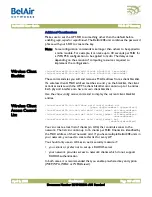
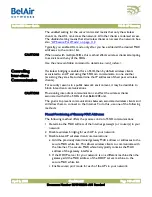

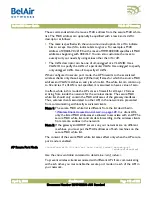
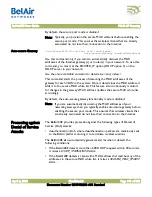

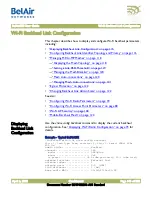
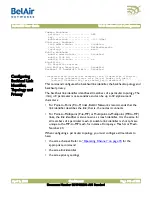
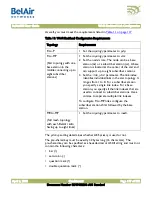
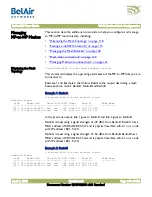
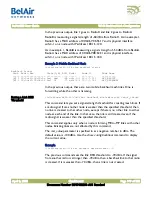
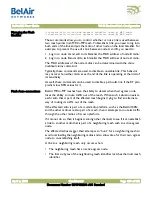
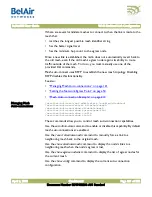
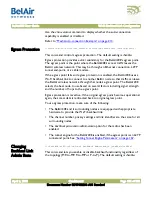
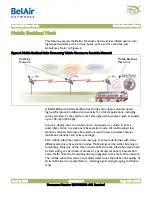
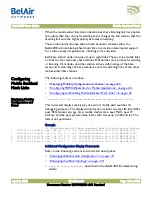
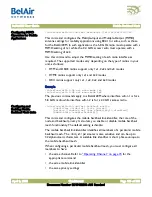
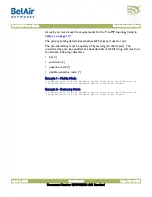
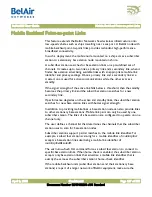
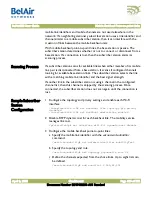

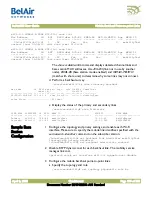
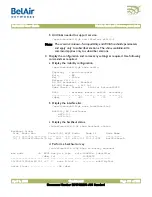
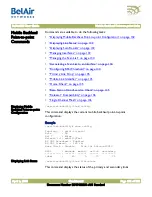
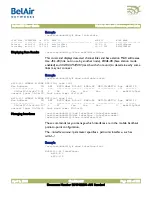
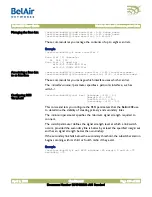
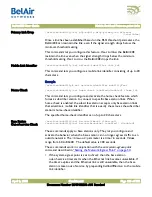
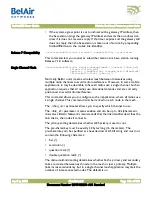

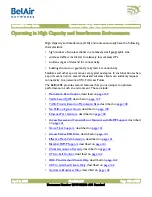










![Pentagram Cerberus [P 6367] Installation And Operation Manual preview](http://thumbs.mh-extra.com/thumbs/pentagram/cerberus-p-6367/cerberus-p-6367_installation-and-operation-manual_1524254-01.webp)






